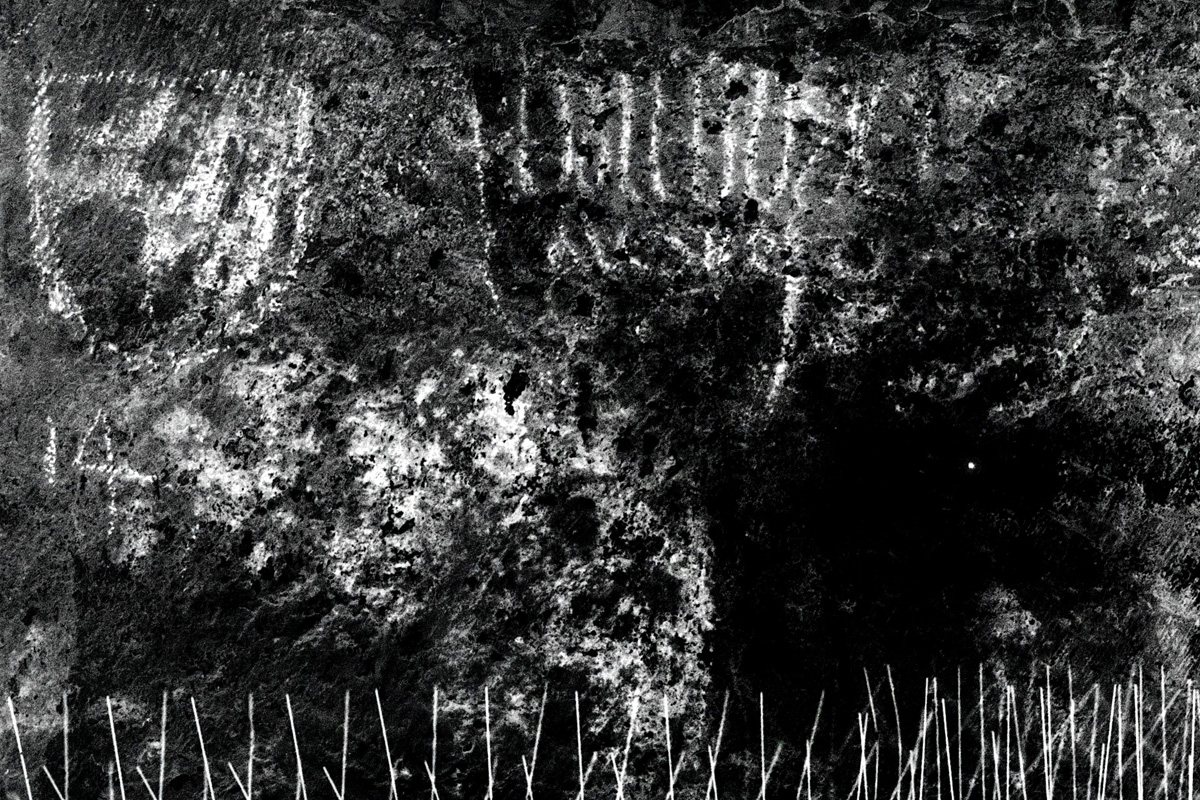An international team of researchers, including experts from the Austrian Academy of Sciences (ÖAW), have uncovered Medieval inscriptions hidden on the walls of the Cenacle – the traditional location of the Last Supper.
According to the four canonical Gospels, the Last Supper occurred during the week of Passover, shortly after Jesus’ entry into Jerusalem and just before his crucifixion on Good Friday. During the meal, Jesus foretold his betrayal by one of the apostles and predicted that Peter would deny knowing him.
While some scholars suggest that the original structure was a Jewish synagogue, archaeological evidence indicates that the earliest period of construction was during the Byzantine period. Over the centuries, the Cenacle has experienced cycles of destruction and reconstruction, culminating in the Crusader-era structure which stands today.
In a landmark study using advanced digital photography, researchers from the ÖAW, in collaboration with the Israel Antiquities Authority (IAA), have uncovered overlooked and hidden inscriptions, coats of arms, and sketches etched into the Cenacle’s centuries-old stone.

The study, published in the annual journal Studium Biblicum Franciscanum, has identified coats of arms belonging to Tristram von Teuffenbach, a Styrian nobleman who was part of a pilgrimage to Jerusalem in 1436, led by Archduke Frederick of Habsburg (later the Holy Roman Emperor).
One of the inscriptions, written in a style typical of Armenian nobility reads “Christmas 1300”, lending weight to the theory that King Het’um II of Armenia reached Jerusalem following his army’s victory at the Battle of Wādī al-Khaznadār in Syria on December 22, 1299.
The Cenacle’s walls also have the names and symbols of medieval pilgrims from across Europe and the Middle East, including Johannes Poloner of Regensburg, who documented his journey in 1421–22, and a charcoal sketch of the Bernese patrician family Rümlingen’s coat of arms.
“These graffiti shed new light on the geographical diversity and international pilgrimage movement to Jerusalem in the Middle Ages—far beyond the Western-dominated research perspective,” explains Ilya Berkovich, co-author of the Austrian Academy of Sciences study.
Header Image Credit : ÖAW
Sources : Austrian Academy of Sciences





